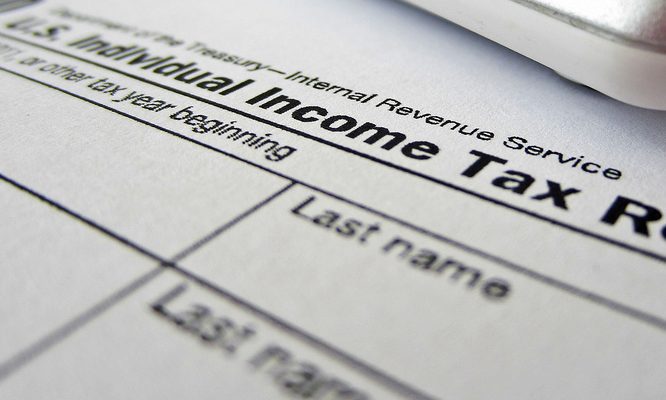Regardless of industry, the goal and function of sales departments don’t change much. Sales professionals work with marketing to generate leads through a plethora of different means. Once the sales person has a name and contact information for someone interested in the product, he or she begins to guide the person through the decision-making process of purchasing the product, with the end goal of closing the deal.
However, marketing to Boomers and seniors requires a different approach — especially when your product is a major investment, like moving to a retirement community. How a salesperson engages with his or her leads and guides them to the final sale is an art that takes time to learn, and everyone can always use a refresher.
Marketing and sales professionals deal in information. The more information they have about a lead, the better equipped they are to pitch their product. Thus, it’s to be expected that they want to gather a great amount of information in a short period of time. The best example of this is the web form.
Web forms offer a great way to capture information to create a lead. Obviously, sales associates hope to get as much detail about a prospect as they can — name, address, phone number, etc. — but trying to get too much information in one shot will not only decrease your form completions, but potentially alienate customers. Your forms should capture the minimum amount of information possible for a salesperson to begin building a relationship.
Think about it from your own point of view. How much information are you willing to give an organization with which you haven’t had any experience? You don’t really know it or trust it. Naturally, you only want to provide the minimum amount of information needed to learn about the product or service being offered. Once you’ve determined that the group can be trusted, and its product is something that you want, you’re willing to open up more. A simple web-started sales funnel may look something like this:
- SEO/SEM (get the person to your website)
- Contact Us form on the website (asking for only a name and an email address)
- Follow-up e-blast (asking for an address to send information)
- Mailer sent to lead (asking the person to call to register for an event, where he or she gives a phone number)
- Attendance at an event (where the salesperson meets the lead in person)
- Follow-up contact (via phone and email to schedule a tour)
- Personal tour (second salesperson meeting, builds trust)
- Additional meetings or tours (dependent on lead)
- Closing of sale
- Asking for reviews and recommendations
As you can see, this isn’t a quick process! The average lead will have at least 20 interactions with your community before the sale is complete — and may have many, many more, depending on his or her needs! Understanding how to nurture the lead through the sales funnel, step by step, instead of trying to go “all-in” on early stage information-gathering is critical.
Every retirement community has its own unique challenges with this process, and variations abound. At Varsity, we have become very adept at assisting communities in identifying the type of leads they are generating now and the type of leads they want to gather in the future, creating a sales process that will help increase their census for years to come.



